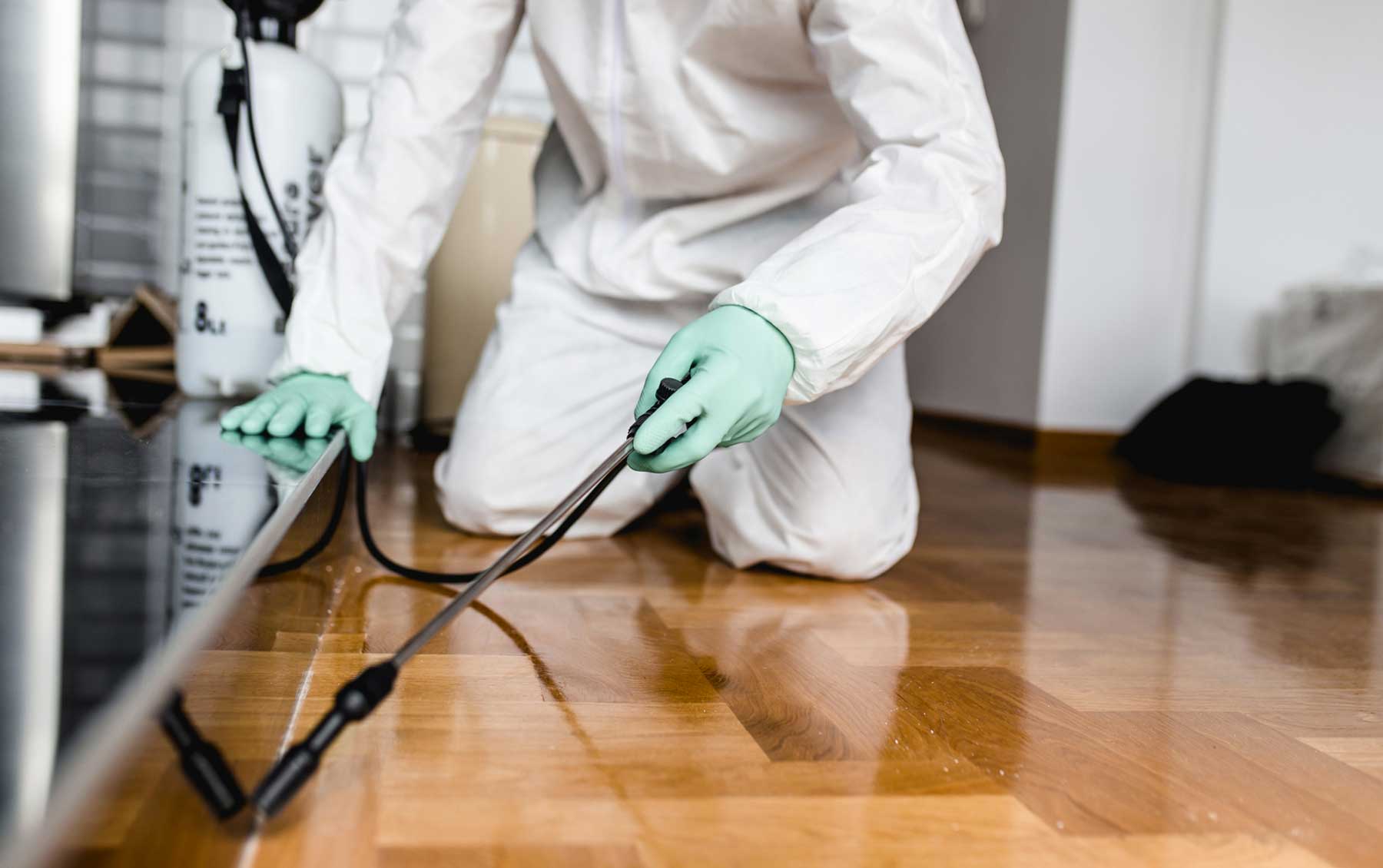Implementing barrier methods to prevent pests from entering buildings and homes is a critical aspect of effective pest management. By enacting and enforcing safe pest control sydney policies that promote the use of barrier methods, local authorities and property owners can significantly reduce the risk of pest infestations. This policy case study emphasizes the importance of comprehensive pest prevention strategies and the benefits of integrating barrier methods into existing pest management policies.
The Challenge
Traditional pest management often relies on reactive approaches to control infestations once they have occurred. The challenge is to transition towards proactive pest prevention by instituting policies that prioritize the implementation of barrier methods to deter pests from entering buildings and homes.
The Policy Solution
- Regulatory Framework
Develop a comprehensive regulatory framework that mandates the implementation of barrier methods in buildings and homes to prevent pest intrusion.
Establish guidelines for property owners, maintenance personnel, and construction professionals to adhere to specific standards for sealing, screening, and maintaining physical barriers.
- Educational Campaigns
Implement educational campaigns to raise awareness about the importance of barrier methods in pest prevention, targeting property owners, tenants, and facility managers.
Provide resources and training materials that emphasize the benefits and best practices of implementing barrier methods as part of integrated pest management (IPM).

- Inspection and Compliance
Designate trained inspectors to conduct regular assessments of buildings and homes to ensure compliance with barrier method requirements.
Introduce compliance mechanisms and penalties for non-compliance to incentivize property owners and managers to prioritize pest prevention through adequate barrier implementation.
- Collaborative Initiatives
Foster partnerships with pest control professionals, local environmental agencies, and community organizations to promote the adoption of barrier methods.
Establish a platform for knowledge sharing and collaboration to facilitate the exchange of best practices and success stories related to the implementation of barrier methods.
The Outcome
Environmental Impact
Reduction in the use of chemical pesticides due to decreased reliance on reactive pest control measures, leading to a healthier and more sustainable environment.
Public Health and Safety
Minimization of health risks associated with pest infestations and potential exposure to harmful pesticides, contributing to improved public health and well-being.
Cost Savings
Long-term cost savings for property owners and tenants, as the preventive nature of barrier methods reduces the need for extensive pest treatments and repairs.
Community Engagement
Enhanced community engagement and collaboration in promoting pest prevention practices, fostering a sense of collective responsibility for maintaining pest-free environments.
Summary
By integrating safe pest control Sydney methods into pest management policies and ensuring their widespread implementation, government authorities and stakeholders can achieve a significant reduction in pest infestations, supporting environmental sustainability, public health, and economic well-being. This policy case study highlights the transformative impact of embedding proactive barrier methods within pest management strategies.

